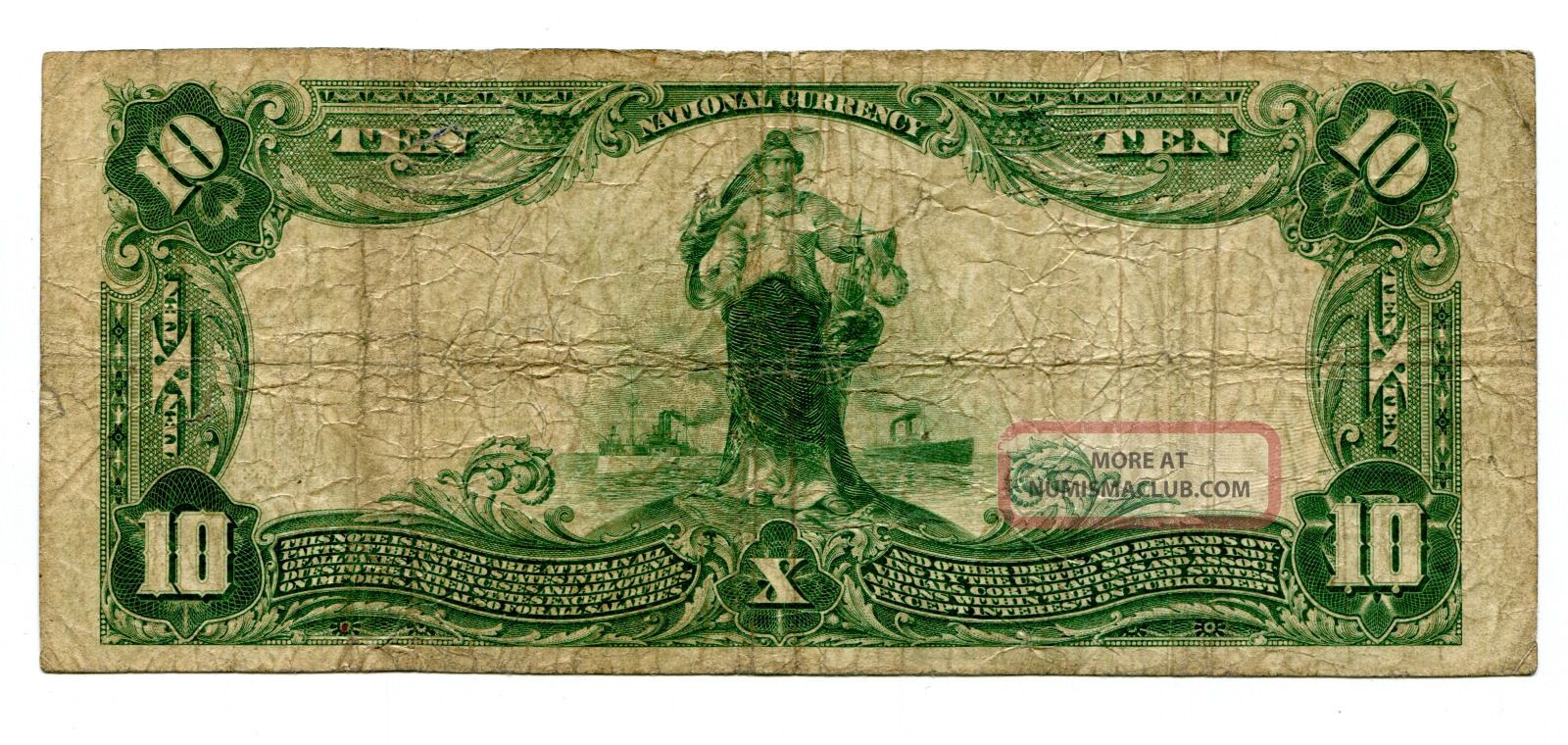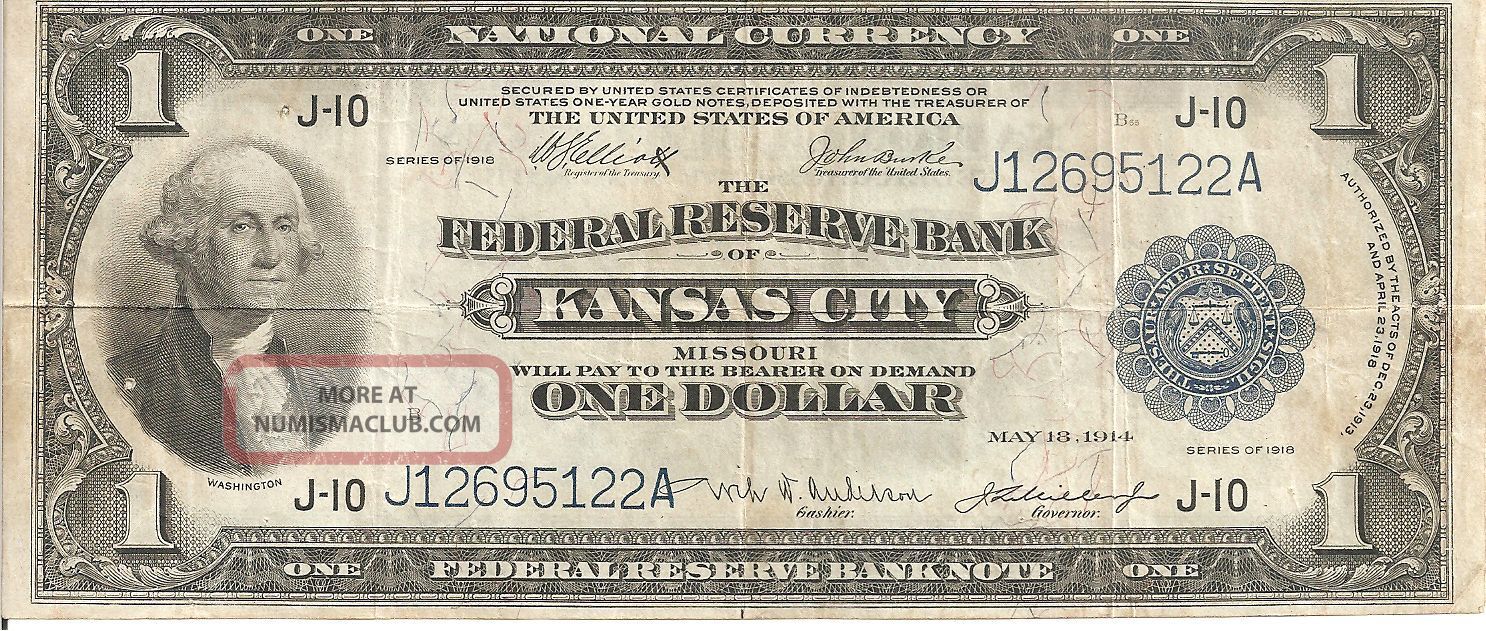


In some cases all issued notes have been redeemed or destroyed and in other cases, the note was only printed as a proof. While a collector will usually prefer a nice issued note to a proof, sometimes proofs are the only form in which one can obtain certain notes. Proofs were also kept by banknote companies for record purposes. These were most often used to obtain approval from the customer (the bank) before the notes were printed. It is usually printed on a thin, porous paper called "India Paper" which produces a needle sharp impression. Please email if you have questions about a particular note or bank.Ī Word about Proofs: A proof is an example of a bank note usually printed by the banknote company prior to the regular press run to print the notes. We generally don't distinguish between the various contemporary types as long as they were printed and used during the time period shown on the note. We don't sell modern replicas or copies and will always identify reprints. "Reprints" are usually modern products, but were printed from the original plates, in limited quantities, and have some collector interest. The are generally collected along with genuine notes, but collectors are usually not interested in modern "replicas" or "reproductions". Counterfeit, spurious and altered notes are "genuine" antiques in that they are all 140+ years old, but not genuine products of these banks. Many of these were altered during the 1850s and 60s to solvent banks in other areas in a fraudulent attempt to use this worthless currency. Many District of Columbia notes, for example, are "genuine", meaning that they were printed by banknote companies, but many banks in Washington, DC were fraudulent and never intended to redeem their notes from the day that they were "issued". The term "genuine" has a broad definition in that it only means that the notes were printed by a recognized private printer.

"Altered" notes are genuine in that they were printed by a banknote company, but the bank title has been altered from a bank that has failed (and whose note became worthless for redemption) to a bank whose notes were still good. A "spurious" note bears the title of a legitimate bank but the design is different from any genuine note that the bank issued. A "counterfeit" is a note, which resembles a design that was actually being circulated by the bank.

For many banks, all that has survived are counterfeits, spurious, altered or raised notes as all or nearly all of the genuine notes were redeemed. The first three terms all refer to notes that were produced during the early or mid 1800s, and were designed to circulate and pass as genuine issues of these banks. The scenes pictured on this old money give a unique view into the way of life and just what was important to the early Americans who used them.Ī Word about "Counterfeit", "Altered" and "Spurious" Notes: These all have specific and different meanings and none of these terms should be confused with "replica", "reproduction" or "reprint" which all refer to modern products. With thousands of different designs, there are many possibilities. Others collect by subjects including trains, Indians, or unusual vignettes like whaling scenes or Santa Claus. Some collect unusual denominations or notes that depict coins. Many people collect obsolete notes from their home state or county. Many merchants, towns, cities, and counties also issued notes in denominations less than $1, and these are called "scrip". Some obsolete banknote issuers became national banks and still survive, and all their notes, obsolete and national, are still redeemable. If a bank wanted to continue to circulate its own currency, it would have to obtain a charter from the Federal government, and also obtain their notes from the government. One type of new Federal currency was national banknotes. About the same time the Federal government started to issue paper money. During the mid 1860s, these notes were taxed out of circulation. Many were legitimate and survived past the 1860s, and continued to redeem their notes as they were presented. This is why they are sometimes called "broken" banknotes. Many of the banks failed or were fraudulent, and their notes became worthless. Paper money was issued by thousands of different banks, companies, merchants, and municipalities. Prior to the Civil War, no paper currency was issued by the United States government. What is obsolete currency or broken banknotes?


 0 kommentar(er)
0 kommentar(er)
